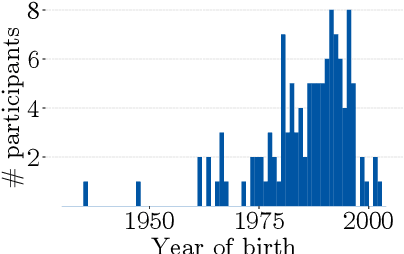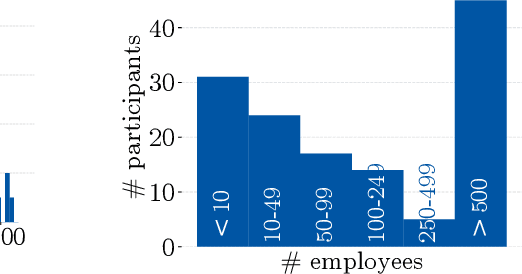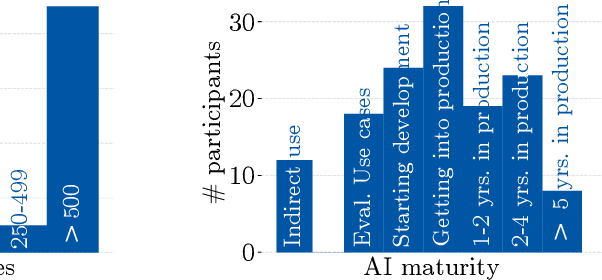Tarek Richard Besold
Towards more Practical Threat Models in Artificial Intelligence Security
Nov 16, 2023Abstract:Recent works have identified a gap between research and practice in artificial intelligence security: threats studied in academia do not always reflect the practical use and security risks of AI. For example, while models are often studied in isolation, they form part of larger ML pipelines in practice. Recent works also brought forward that adversarial manipulations introduced by academic attacks are impractical. We take a first step towards describing the full extent of this disparity. To this end, we revisit the threat models of the six most studied attacks in AI security research and match them to AI usage in practice via a survey with \textbf{271} industrial practitioners. On the one hand, we find that all existing threat models are indeed applicable. On the other hand, there are significant mismatches: research is often too generous with the attacker, assuming access to information not frequently available in real-world settings. Our paper is thus a call for action to study more practical threat models in artificial intelligence security.
"Why do so?" -- A Practical Perspective on Machine Learning Security
Jul 11, 2022



Abstract:Despite the large body of academic work on machine learning security, little is known about the occurrence of attacks on machine learning systems in the wild. In this paper, we report on a quantitative study with 139 industrial practitioners. We analyze attack occurrence and concern and evaluate statistical hypotheses on factors influencing threat perception and exposure. Our results shed light on real-world attacks on deployed machine learning. On the organizational level, while we find no predictors for threat exposure in our sample, the amount of implement defenses depends on exposure to threats or expected likelihood to become a target. We also provide a detailed analysis of practitioners' replies on the relevance of individual machine learning attacks, unveiling complex concerns like unreliable decision making, business information leakage, and bias introduction into models. Finally, we find that on the individual level, prior knowledge about machine learning security influences threat perception. Our work paves the way for more research about adversarial machine learning in practice, but yields also insights for regulation and auditing.
 Add to Chrome
Add to Chrome Add to Firefox
Add to Firefox Add to Edge
Add to Edge